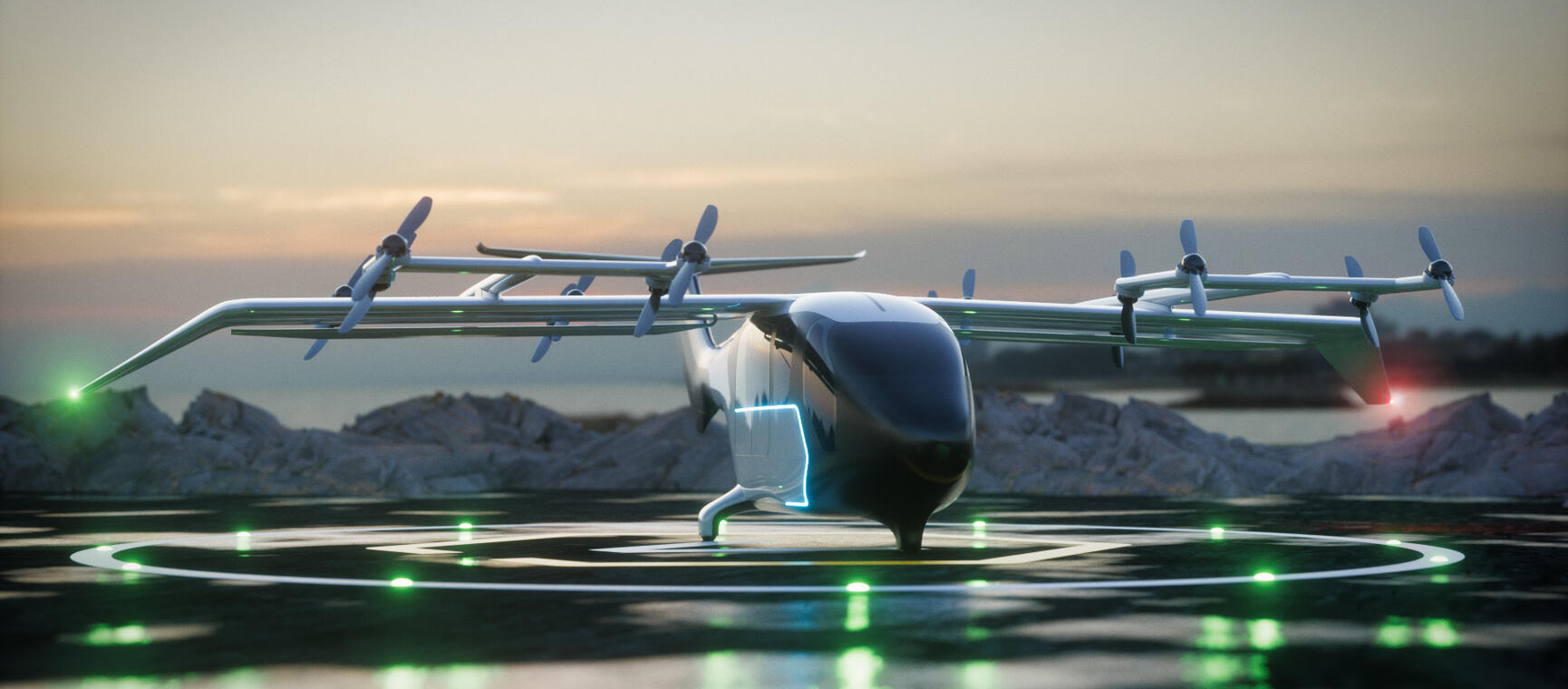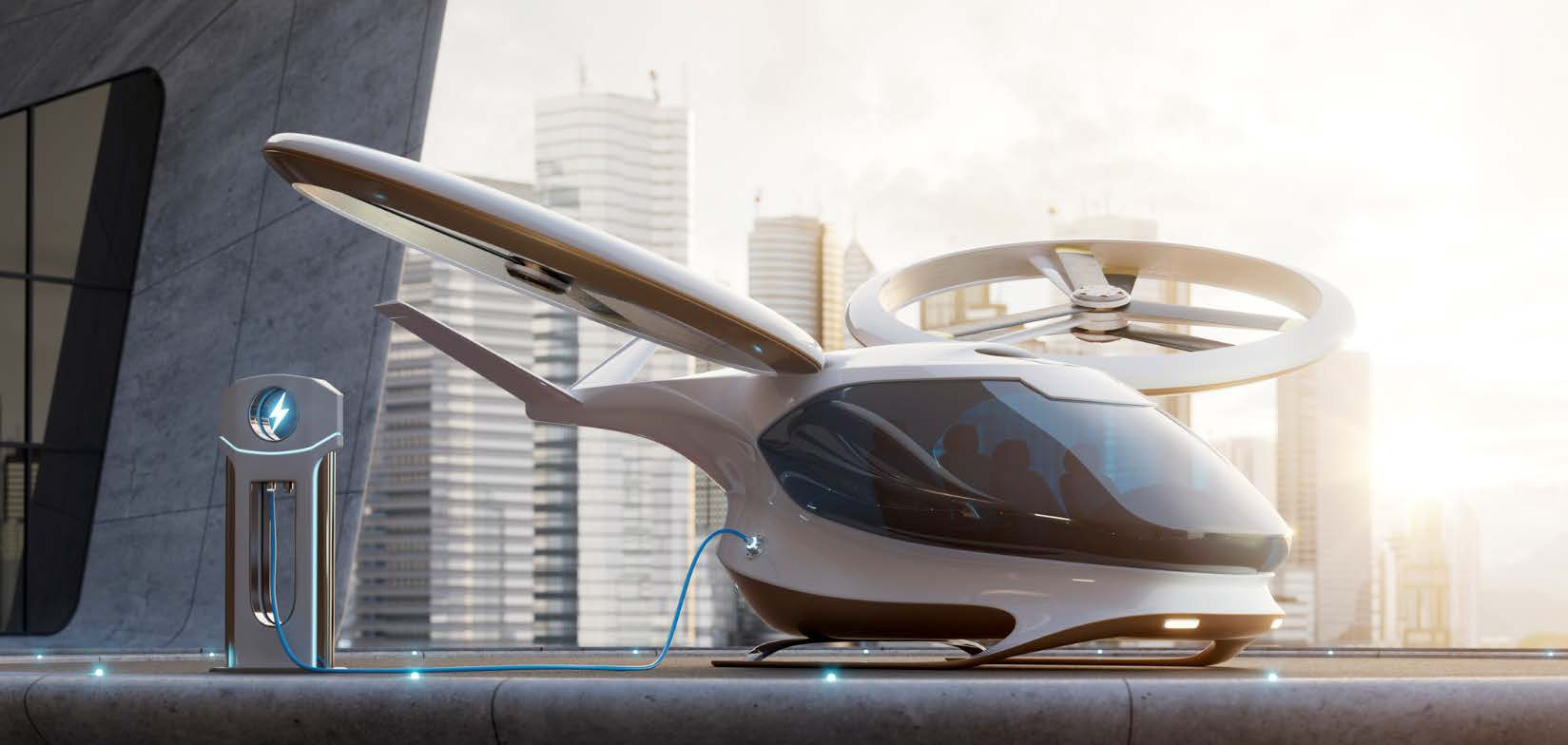In the ever-evolving state of aviation technology, Crisalion Mobility, a vanguard Spanish start-up, is making waves with its groundbreaking FlyFree propulsion and stability system, poised to redefine the contours of electric vertical takeoff and landing (eVTOL) aircraft. The unveiling of the five-passenger Integrity model marks a significant milestone in the eVTOL landscape, with Crisalion's sights set firmly on entering service in the latter part of this decade.
At the core of the Integrity model is the FlyFree system, a paradigm shift in eVTOL design. Departing from the conventional lift-and-cruise and multicopter vehicles. This system boasts four quad-rotor units affixed to a pair of booms on a fixed-wing. Each set contains four rotors. Each rotor's independent operation underscores a commitment to heightened control and reliability. The Integrity, a piloted battery-electric marvel, can carry a pilot and up to five passengers. It promises an impressive 100-kilometer range, a cruising speed of 180 kph, and remarkably low noise levels at 45 decibels.\
A team of seasoned professionals leads Crisalion Mobility. Manuel Heredia Ortiz, with a robust background from Airbus, serves as the Managing Director, overseeing the strategy and implementation of Crisalion's ambitious roadmap. He brings two decades of international experience, having held significant roles at Airbus Defence & Space. The team also includes Óscar Lara as the Chief Operating Officer and Gustavo Rodríguez as the Chief Technology Officer, indicating a significant expansion of Crisalion's technical and executive teams to bolster their advanced air and ground mobility solutions.
Manuel Heredia, the visionary managing director of Crisalion, articulates this innovation by equating the aircraft's suspension to four drones, each connected through passive joints and operating autonomously. This unique configuration allows for precise maneuvering, rapid directional shifts, and a smoother journey by adeptly mitigating wind gusts and turbulence. The transition between movements is fluid, orchestrated through differential power, eliminating the need for discrete actuators.
Initiated as UMiles Next in 2018 and later rebranded to Crisalion, the company's collaboration with Technalia has been instrumental in developing the FlyFree technology. Initially envisioned for an autonomous eVTOL, the system has evolved with the adaptation of control software to interpret pilot inputs across the 16 rotors. A strategic pivot in 2022 saw the incorporation of a wing to facilitate longer-range flights.
Crisalion's ambition transcends passenger transport. With a proposal to EASA for design organization approval for type certification in July, their eyes are set on a 2030 service launch. The Integrity model is more than just a vision for passenger conveyance. However, it is also projected to revolutionize cargo handling, middle-mile logistics, and emergency medical services, broadening the horizon of eVTOL technology.
Despite navigating the challenging currents of the eVTOL sector, characterized by regulatory uncertainties, Crisalion has managed to secure approving nods from European regulators. With a funding pool of approximately €15 million and collaborations with entities like the BlueBull investment bank, the firm is on a steadfast path to expand its capital and influence. Its participation in the Dubai Airshow has sparked considerable interest, notably among potential investors from the Middle East.
Crisalion's commitment to a holistic approach is evident in its strategic scaling of the team and the exploration of partnerships for pivotal components such as the electric powertrain and batteries. An alliance with the insurance group Skyrisks underscores their proactive stance in navigating the insurance and risk landscape for eVTOL operations.
As Crisalion continues its journey, its Integrity model emerges as a beacon of innovation in air mobility. The FlyFree system is not merely an advancement; it heralds a new dawn in air transport, marrying efficiency and control with environmental stewardship, potentially reshaping our perception and reality of urban air mobility.




